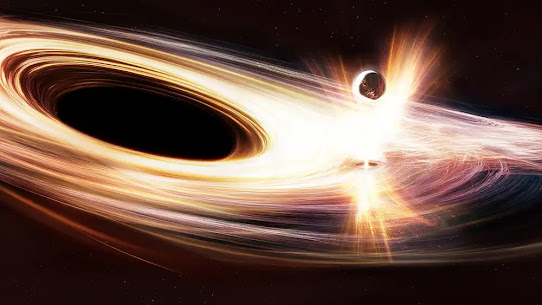Historic event: Supermassive black hole wakes up 30 crore light years away, what scientists saw for the first time?
A historic event has been recorded in the world of astronomy. A supermassive black hole in the galaxy SDSS1335+0728, located 30 crore light years away from Earth, which was inactive for about 20 years, has now suddenly become active. For the first time, scientists have seen a black hole going from inactive to active in real-time. The mass of this black hole is 1 million times more than our Sun and its bright brightness has surprised everyone.
Black hole's brightness suddenly increased
SDSS1335+0728, which is located in the Virgo constellation, was in normal condition till 2019. But the Zwicky Transient Facility found that its brightness was suddenly increasing. After this, it was studied in depth with many instruments including the Very Large Telescope (VLT) of the European Southern Observatory (ESO).
Black hole is now swallowing the surrounding gas
Ultraviolet, optical and infrared waves are now emanating from the center of this galaxy. By February 2024, it also started emitting X-rays, which is evidence of its being exceptionally active. This black hole is now swallowing the surrounding gas and SDSS1335+0728 has now turned into an Active Galactic Nucleus (AGN).
A rare opportunity
The lead author of the study, Paula Sanchez Saez, says, "The sudden brightness of this galaxy after being quiet for 20 years is a rare opportunity to understand the behavior of black holes." This event has been published in the journal Astronomy & Astrophysics.
Is this a tidal disruption event (TDE)?
Scientists are also investigating the possibility that this event could be a slow TDE, in which a black hole destroys a star. But TDEs fade in a few months, while the brightness here has been increasing for years. This black hole is now swallowing gas, forming an accretion disk, which is emitting a lot of energy and light.
ELT will unravel the mystery more deeply
Scientists are now keeping a close watch on this black hole. ESO's ELT (Extremely Large Telescope) will unravel this mystery more deeply in the coming years. Co-author Claudio Ricci says, "These giant black holes usually remain asleep, but this time we have seen it awake."




Comments
Post a Comment